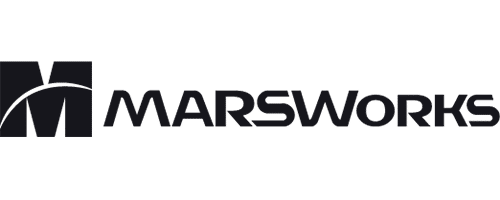Google is shaking things up again.
With the introduction of Google Attribution, steps are being made towards providing the advertiser with a better understanding of the full customer journey. What we should be expecting in the following month because of this is the elimination of the last-click attribution model in AdWords.
If you are asking yourself, “What is an attribution model?” then you’re most likely still using last-click attribution. The issue with this model, which is why it’s being pushed out, is that it only gives credit to the last keyword, ad, or source when a conversion is completed. This simply ignores the other touch points customers make along the way to a conversion.
Without the bigger picture, an advertiser is missing out on various ways they can optimize their efforts further. The path to conversion can often be much more complex, for example, sometimes 5 different ads are clicked before the conversion takes place.
To get an idea of the different paths your users take to conversion, follow these steps.
- In the Google AdWords platform, click the wrench icon for Tools, billing, and settings
- Click Search Attribution under the Measurement column. In this report, AdWords gives you different views of the paths users take to complete a conversion.
- Click the Paths option in the left side column. This will provide you with three options.
- Top Paths shows you the combination of different campaigns that have led to a conversion.
- Time Lag shows you the number of days to conversion.
- Path Length will show you the number of clicks before a conversion.
Upon reviewing these reports, if you notice that your users are taking much more complex paths to complete a conversion, then you should consider using a different attribution model so you can better optimize your strategy.
Using different models can help you find opportunities to influence customers earlier on their path to conversion and improve bidding based on how your ads perform.
With a number of different attribution models to choose from, how will you know which one is best suited for your business? Here is a run-down of each model with an explanation of what type of business it would be suited for.
Linear Model
![]()
In the linear model, all touch points are given equal credit for the conversion. For example, if 5 ads are clicked, each would get 20% of the attribution.
This is most often used when clients do not have a specific advertising goal in mind, or if none of the other models seem to be useful. This will give as much credit as possible to all ads and keywords included in the conversion path. If this is your situation, this would be the next step up from last-click attribution.
Time Decay Model
![]()
Time decay is another model that gives credits to all touch points. In this case, the touch points closer in time to the conversion get most of the credit.
If you find that the last-click attribution data is useful, this would give you the most similar attribution and is, therefore, the model you should move towards. This is ideal for small businesses looking to sustain marketing efforts rather than pushing for more rapid growth. It allows you to focus your attention on the decisions customers make towards the end of the conversion funnel rather than accrediting touch points during the beginning of the process.
Position-Based Model
![]() The position-based model is an often-unused option, yet extremely useful in the right situation. This model gives 40% attribution to the first and last touch points and shares the remaining 20% amongst the middle touch points.
The position-based model is an often-unused option, yet extremely useful in the right situation. This model gives 40% attribution to the first and last touch points and shares the remaining 20% amongst the middle touch points.
Use this model if you are using your marketing efforts for more rapid growth. It allows you to take some credit away from the last click and gives equal attribution to the beginning of the user’s journey to conversion without putting too much focus on the middle touch points which are often during the research phase.
First-Click Model
![]() This is quite literally the opposite of last-click. It gives all credit to the first ad clicked or keyword used in the path to conversion while ignoring all other touch points.
This is quite literally the opposite of last-click. It gives all credit to the first ad clicked or keyword used in the path to conversion while ignoring all other touch points.
This often seems like a useless model, because knowing the last touch point before a conversion is usually quite useful. However, for companies that are focusing on user or customer acquisition, this is the most important focus. What ads are working on bringing customers into the funnel? If you are looking to acquire new users to put them onto remarketing lists or email lists and drive the sale from there, this is an ideal attribution model to use.
Data-Driven Attribution Model
![]() If you have the number of conversions required to use this model, it is the most advanced attribution model. It uses an algorithm and your account data and is constantly learning how to properly attribute conversions to the most valuable touch points. It uses machine learning to adapt to your account as more conversions come in and determine the specific conversion credit for you.
If you have the number of conversions required to use this model, it is the most advanced attribution model. It uses an algorithm and your account data and is constantly learning how to properly attribute conversions to the most valuable touch points. It uses machine learning to adapt to your account as more conversions come in and determine the specific conversion credit for you.
Not only does it analyze what your users are doing when they convert, but also when they don’t.
The catch is that you have to have over 600 conversions per month, so if you do, we strongly recommend giving this a shot. As with any automated service from Google, we recommend watching the changes to your CPA to make sure it is actually benefiting your campaign.
To Conclude…
Last-click attribution is coming to an end. So, start taking a look at the different attribution models and you’ll most likely find something that aggregates more actionable data for your business anyways.
If you need assistance figuring out the best model for your business needs, give us a call or fill out a contact form and we’ll be happy to audit your PPC advertising efforts to ensure you are connecting with your users throughout their path to conversion in the right ways!




